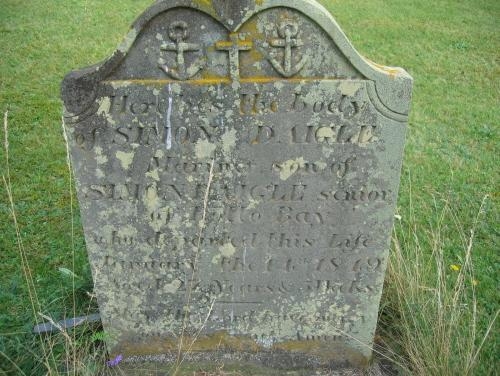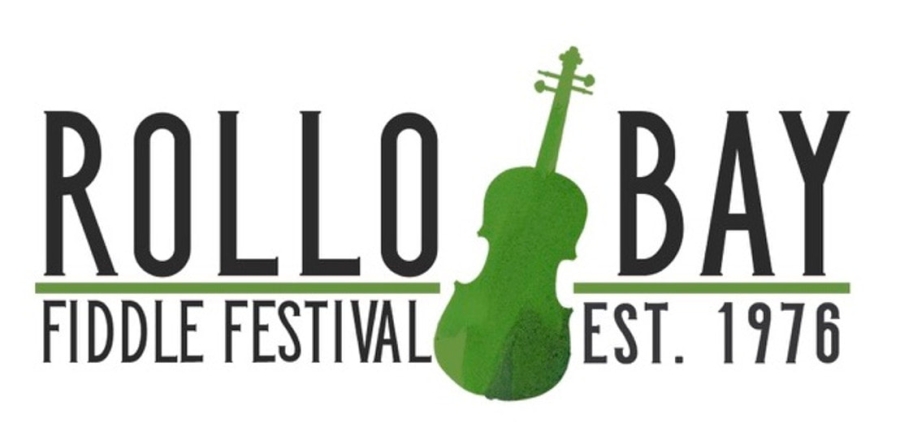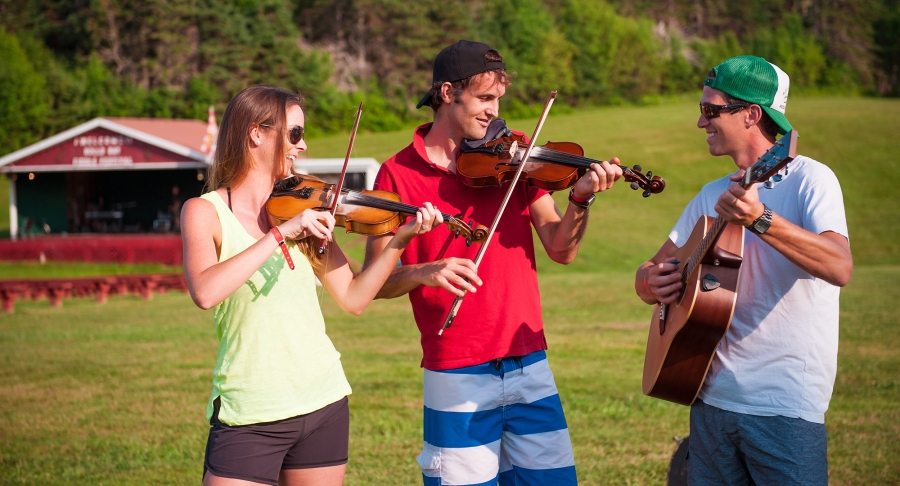These rolling hills are alive with the sound of music
Mention Rollo Bay to almost any Islander and they will immediately think fiddle and with good reason! Fiddling has always been part of the Rollo Bay scene. When not fiddling around, many locals have ties to the fishing and farming industry.
St. Alexis Mission
When the French Acadians were expelled from Nova Scotia by the British in 1755, several families escaped to the Island, first to Bay Fortune and then to Rollo Bay. In 1804, they established a mission dedicated to St. Alexis, the patron saint of the poor. The remnants of the Acadian pioneer cemetery are in Rollo Bay East.

A bell from the church, which was buried in nearby St. Peters to prevent it from falling into British hands, was discovered more than 130 years later in a field and returned to the parish. Parishioners were so thrilled to have the bell back that they rang it so enthusiastically that it cracked and had to be recast before being installed in the tower of St. Alexis Church. The bell is now located at the school and community centre across the road.
Rollo Bay Flats
The expansive Rollo Bay Flats extend from Lower Rollo Bay to Fortune. Before modern roads, the low tides provided a shortcut between the two communities, cutting hours off the trip. Known as the Fortune Low Tide Shortcut, this route was used as an ice road in winter, with bushes and trees used to mark the thick safe ice. Houses were even moved across the smooth gliding surface. Today, a colony of seals rests on the flats at low tide, attracting spectators and photographers.

The Rollo Bay Fiddle Grounds has been a gathering place for the musical community since 1976. Most well known for hosting the annual Rollo Bay Fiddle Festival, the field has also hosted many well-known Canadian artists in one-off throughout the years. Recently, the East Pointers' Goolaholla Festival has attracted a plethora of artists and fans.



